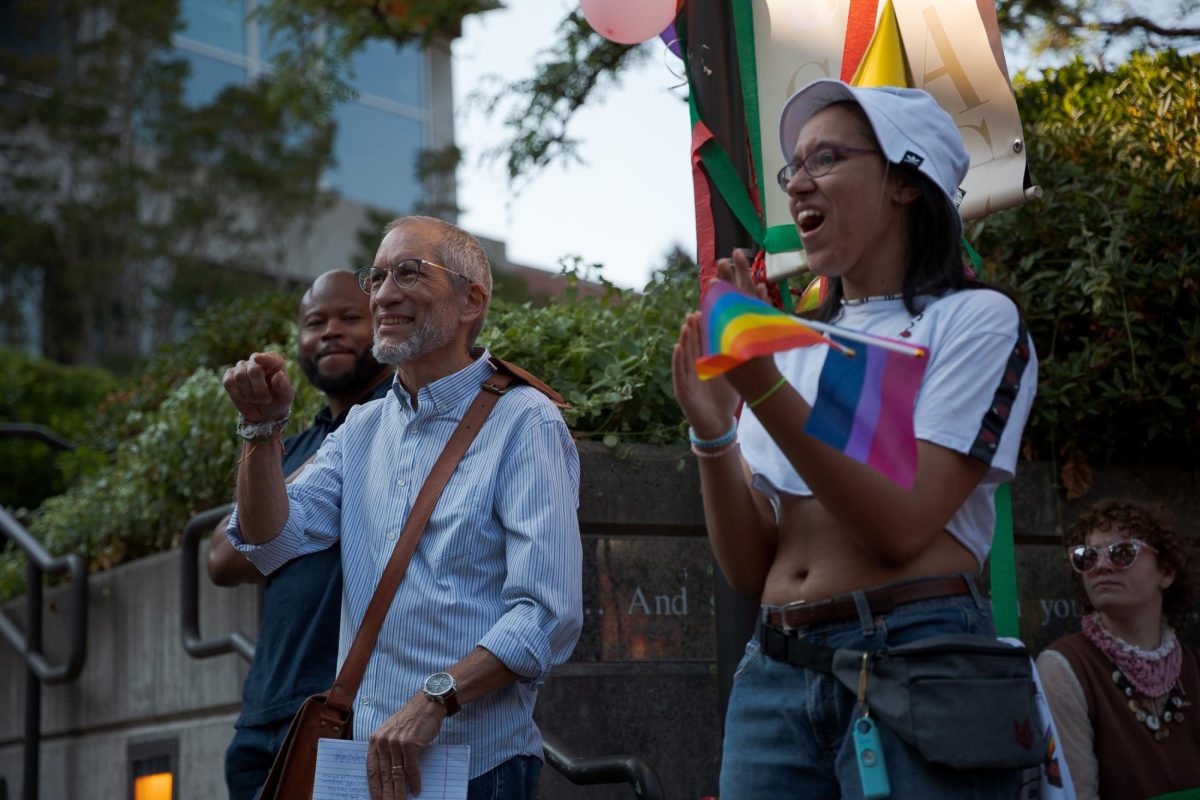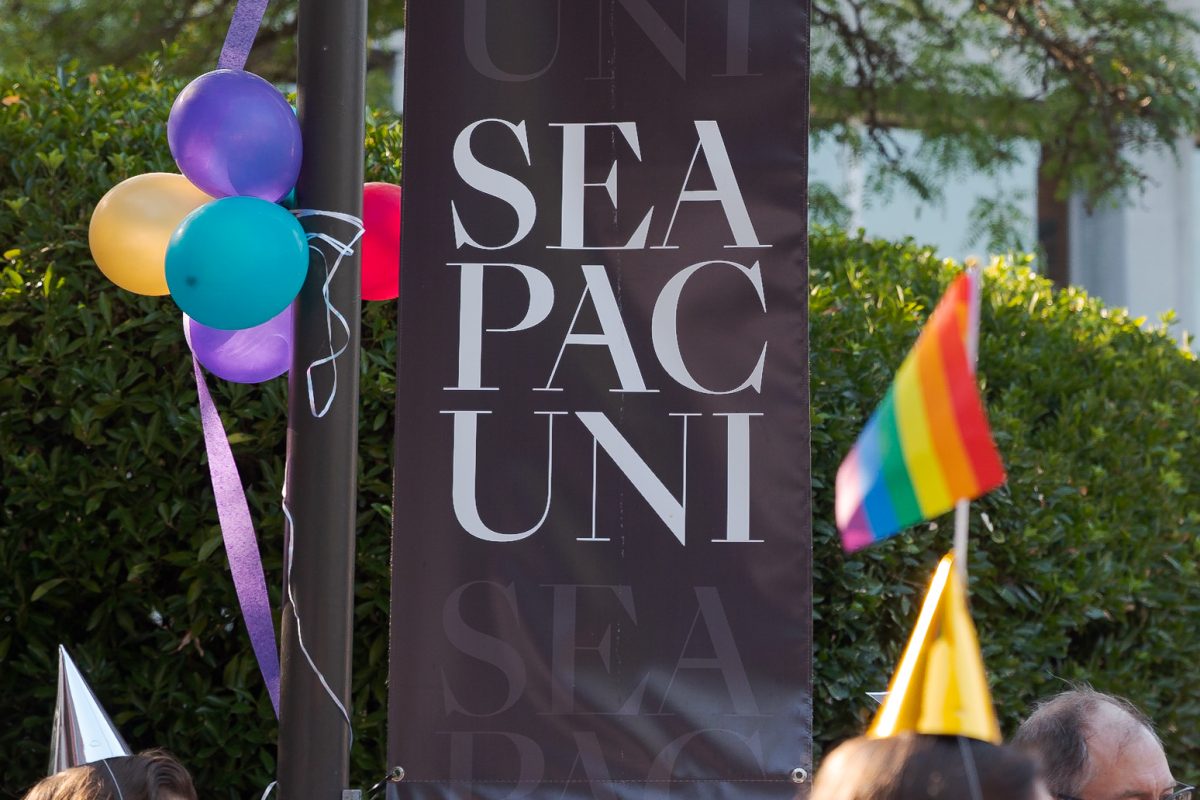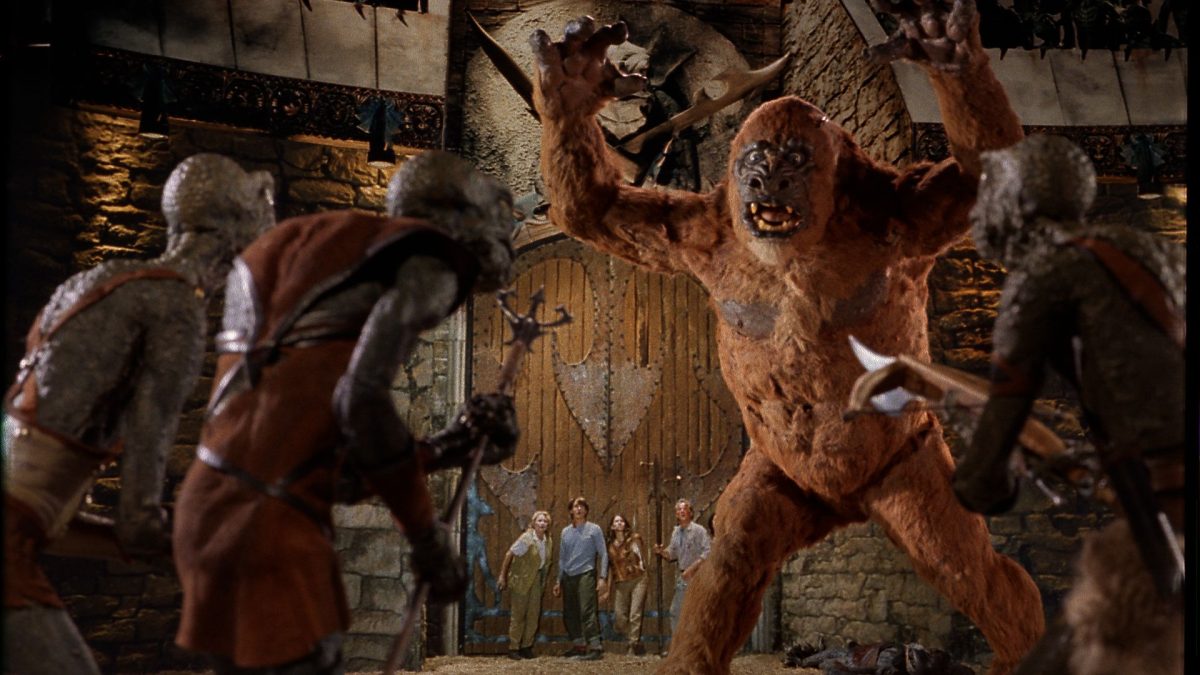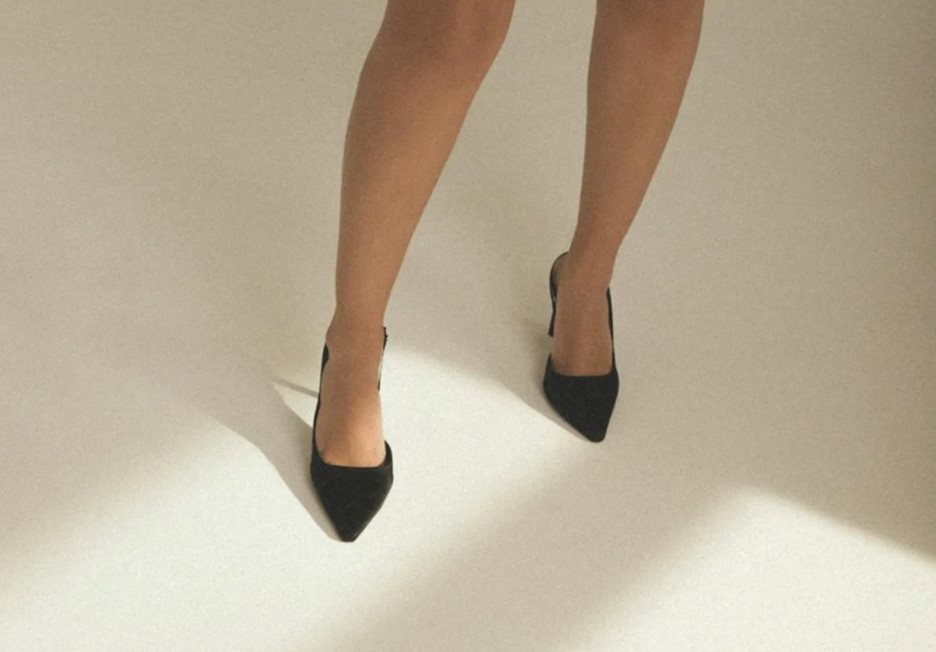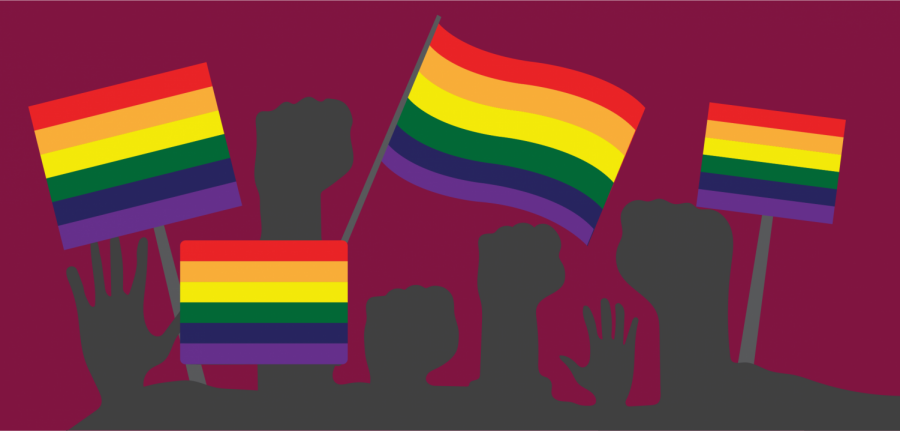Defining what cultural appropriation is
Every year the Metropolitan Museum of Art holds a Costume Institute benefit to raise money for the Met’s fashion department.
Better known as the Met Gala, the evening brings celebrities and designers together on the red carpet to celebrate the theme of the Met’s newest exhibit.
This year the Costume Institute introduced “Heavenly Bodies: Fashion and the Catholic Imagination.” The collection of pieces from the exhibit explore the relationship between Catholicism and high fashion. As is tradition, celebrities embraced the theme.
Throughout the night we saw our favorite celebrities depicted as Joan of Arc, crusaders, angels, cardinals and the Virgin Mary. Like the rest of the world, I tuned in just to see what iconic look Rihanna would decide to wear and was not disappointed by her bedazzled papal mitre.
As I was scrolling through Twitter it became clear that not everyone enjoyed watching these celebrities donn religious paraphernalia.
Claims of cultural appropriation from Roman Catholics in America surfaced with tweets like: “My religion is not your Met Gala outfit.”
Others asked for the rules of cultural appropriation and when a group is supposed to feel outrage.
These accusations expose a lack of understanding of what cultural appropriation actually means.
By definition, cultural appropriation is a concept that draws on a power imbalance and occurs when a group or individual benefits from cultural currencies or artifacts of minority culture.
Cultural appropriation occurs in spaces where the minority group is denied access.
It often draws on hurtful or inaccurate stereotypes of said group in continual marginalization.
In this way, the argument of cultural appropriation falls short, much like a reverse racism argument.
The Catholic Church has a long history of representation with many practicing members around the globe.
The church’s leadership also overwhelmingly consists of white males, who are obviously well-represented throughout history.
Furthermore, cultural appropriation takes place when there is a lack of consent and participation which was simply not the case for the Met.
It should be noted that there has been no real criticism of the Met Gala from the church because the Vatican knew exactly what they were getting into.
What hurts most about cultural appropriation is that the culture being appropriated is not offered a seat at the table. The Catholic Church not only was offered this seat, but actively participated.
This year’s gala was designed to celebrate the Catholic visual legacy in an exhibit that highlights the religion’s iconography, vestments, paintings and architecture.
The co-chairs and organizers of the event went to careful extremes to get the Vatican’s blessing, working with them for years in preparation. Over 40 pieces were donated from Rome as participation in the event as well.
When it comes to display, the organizers made an intentional separation between religious and secular pieces to show reverence. While there is of course potential for offense and sacrilege to take place on the red carpet, the lines between religious garb and “religious-inspired” outfits were not construed.
That is not to say that celebrities’ outfits are not above criticism.
Catholics have every right to take issue with outfit choices made in poor taste. Some celebrities pushed boundaries of modesty or took religious symbols out of context.
However, poor taste is a totally separate issue from cultural appropriation.
The criticism falls on that individual’s questionable choices, not on the event as a whole.
If anything, the Met Gala 2018 theme has served as an example of how to draw inspiration from a culture without appropriating it.
The Met’s organizers went above and beyond to make sure their vision was carried out with respect and reverence towards the Catholic church.
They made sure to invite and include the Vatican in the conversation.
They made sure to educate participants on the goal of the event, which was to examine the relationship between faith and high fashion.
By looking at the greater context of this argument, it is clear that cultural appropriation did not take place at the Met Gala.
Erin is a senior studying journalism.







